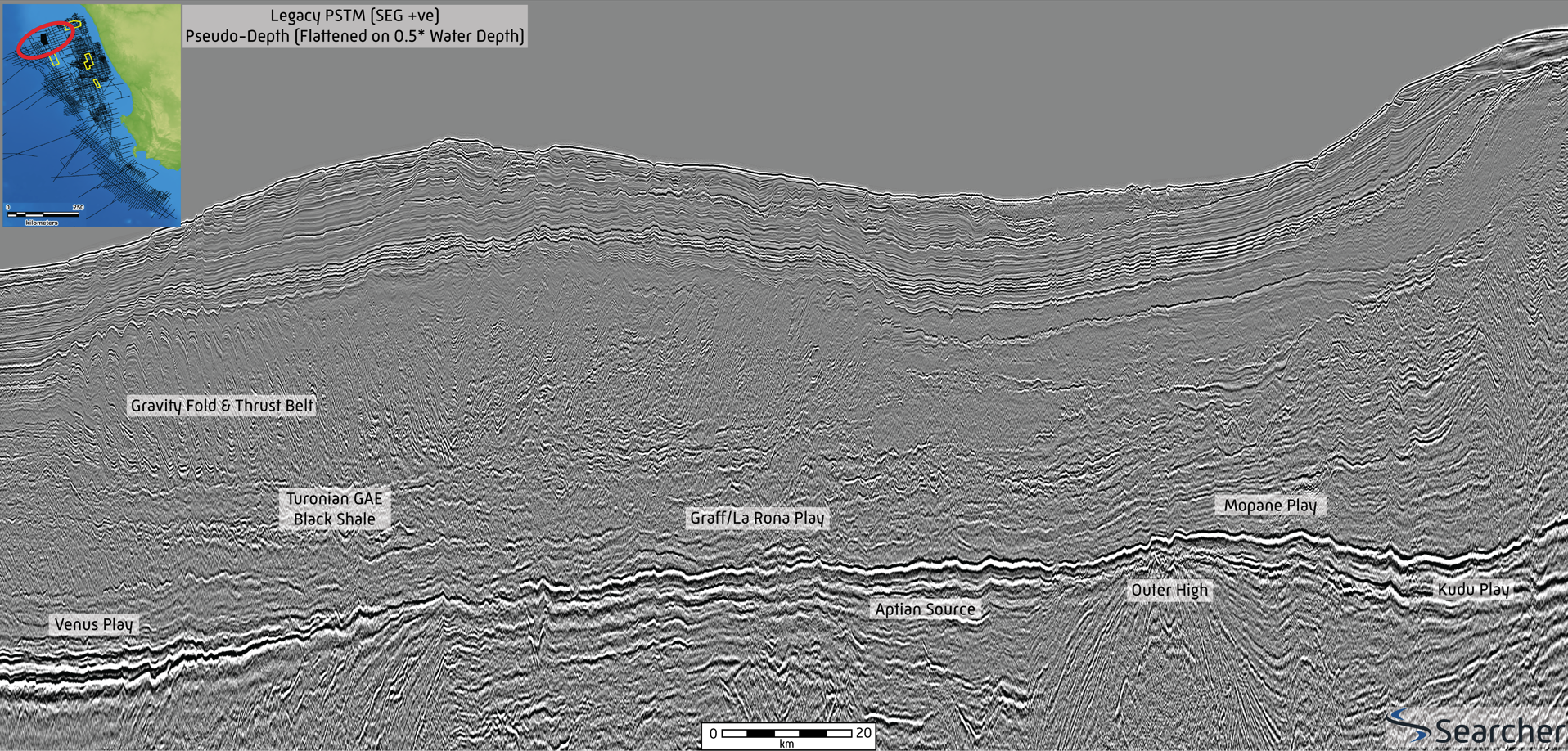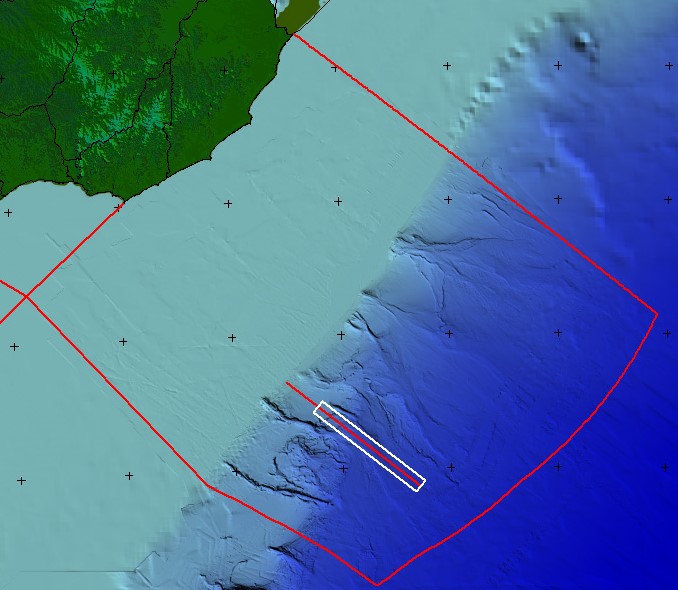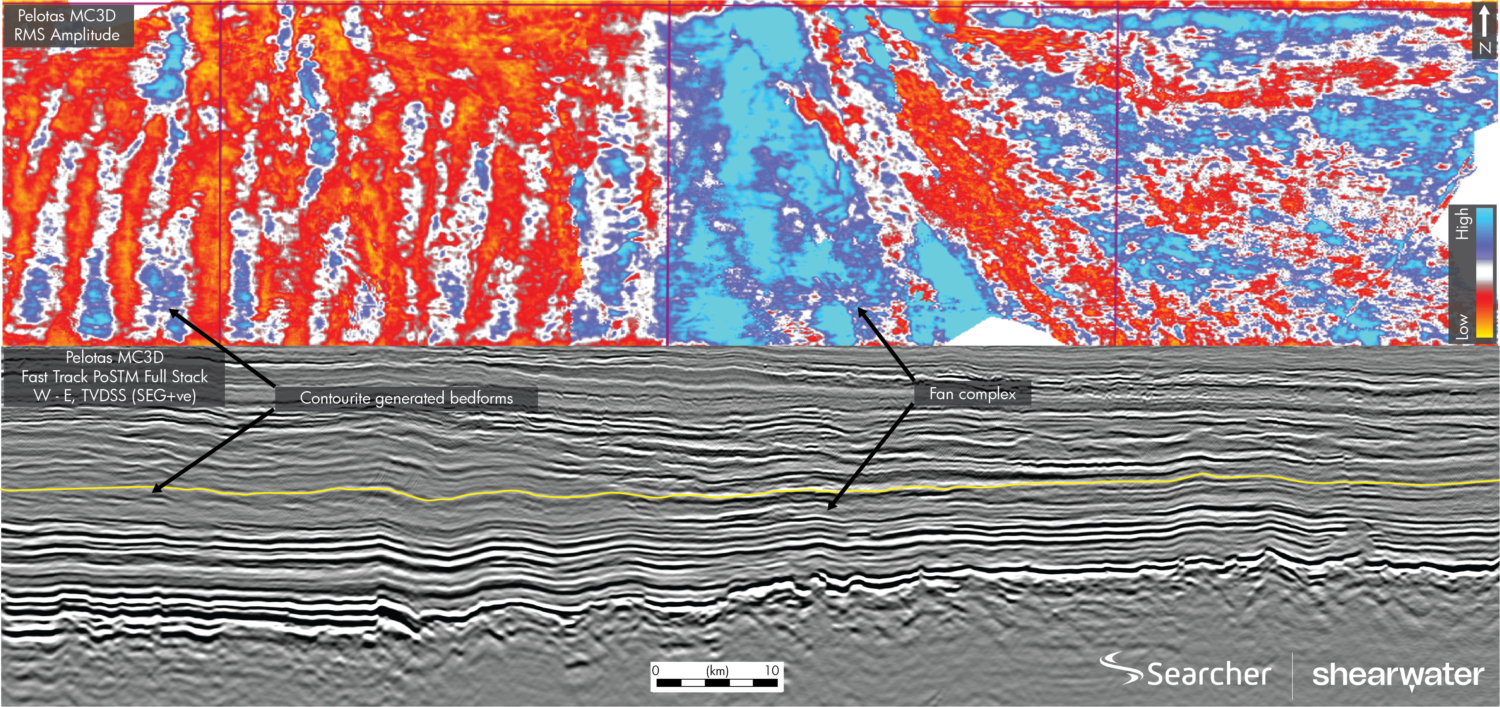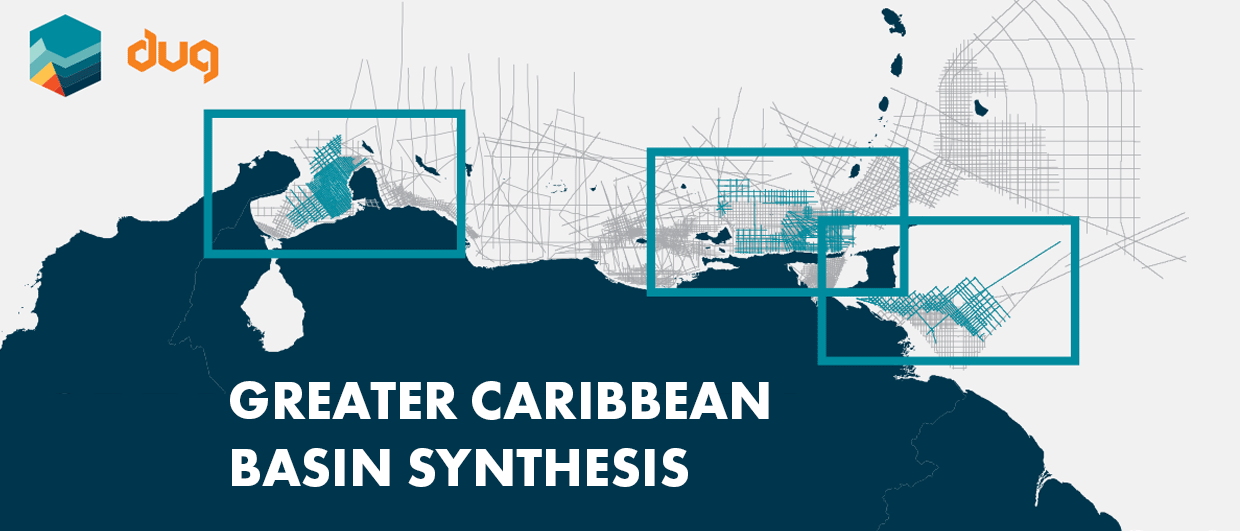Gondwanan break-up-basins and their multiple source rocks
The advantage of Namibia’s conjugate margin in Uruguay and Southern Brazil is likely to be the sand and clay deposited by the Rio Grande
In the face of the embarrassment of riches discovered in the Namibian Orange Basin over just the last two years, one might speculate that had F. Scott Fitzgerald been trained in geology, the Great Gatsby might have opened as follows. “In its fragmented later years, Gondwana gave the Namibian passive margin some advice: “Whenever you feel like criticizing any other basin”, she said, “just remember that the other basins in this world haven’t had the advantages that you’ve had.”
However, if Fitzgerald would have written that – he would have been mistaken.
Indeed, each of the passive margins fabricated during the fragmentation of the Gondwana supercontinent formed with identical processes – crustal thinning, extensional rifting resulting in the formation of lakes, rift volcanism, Seaward Dipping Reflector (SDR) creation, rift-unzipping and marine incursions. These phases encompass several source rock-forming periods at times when standing water became anoxic, thus leading to the preservation of organic material. This tends to happen both during the syn-rift lacustrine phase and well as after marine incursions into the rift during the late syn-rift to drift phase.

It is the latter of these that has captured headlines in recent years with the discoveries in Namibia proving the presence and effectiveness of a prolific drift-source rock of Aptian age deposited on both SDR volcanics and oceanic crust in the deepwater Orange Basin. A simplified model for this Aptian drift source rock is that subsidence and marine incursions of a subaerial flood-basalt plain through a restricted connection to the marine ocean generated an embayment that was only around 150 km wide. Here, relatively shallow waters became repeatedly anoxic, allowing organic material to be preserved.
As the tip of the incursion moved north, flooding into successive lakes, the timing of onlap of anoxic deposits young in that direction too. However, the process of creating successive restricted basins is broadly the same. Only when full connection to circulation of the global ocean is established does this become more unlikely, except during periods of Global Anoxic Events (GAE). This concept was first proposed by Seymour Schlanger and Hugh Jenkyns arising from finding black, carbon-rich shales in Cretaceous sediments in the Pacific, which they linked to similar, identical aged deposits from the Atlantic Ocean and known outcrops in Europe.
By the late 1980’s, the Turonian GAE had been penetrated by numerous wells offshore Namibia, attesting to the veracity of the model. In Namibia’s Orange Basin, the Turonian black shale overburden is mostly too thin to generate oil or gas, and only the Aptian is thermally mature outside of the interior syn-rift grabens. It is possible that beneath the famous Gravity Driven Fold and Thrust Belt (GDTFB), the decollement surface is such a Turonian shale, just starting to mature and lose viscosity which – together with dynamic topography tilt – is what sets off the GDFTB.
Explorers can use this example of dual source rocks to explore the basins in the Atlantic that have not yet been explored. GAE black shales and drift-source black shales can both be ubiquitous within Gondwana’s rifted basins. It is no surprise that Turonian and Aptian source rocks are responsible for 29% of the petroleum accumulations in the world.

Twin sources of the Punta del Este Basin
As the Aptian drift-source was deposited in a narrow restricted marine basin, it is not unreasonable to look for it not only in the Namibian Margin, but also in its less explored conjugate – the Uruguayan and South Brazilian Pelotas and Punta Del Este Basins.
The Punta del Este basin, located in the southwestern Uruguay offshore sector, shares similarities in its geology and hydrocarbon potential with the offshore Namibia Orange Basin. Seismic evidence for Aptian and Turonian source rocks includes identification of regional high-amplitude soft kick events associated with AVO Type IV anomalies, considered to be a positive source rock character. Similar events were identified offshore Namibia, which indicated the presence and maturity of a world class source rock. The key difference in the western conjugate is that both the Turonian and the Aptian are buried deep enough to be mature for hydrocarbon generation (Figure 2), mainly due to a thicker Tertiary section thanks to a high rate of sedimentation coming from the Rio Grande Cone.
To aid seismic identification of thick Aptian drift-source and Turonian GAE source rocks, ANCAP and EMGS have ingeniously reprocessed CSEM (Controlled Source Electro Magnetic) data with a novel Gauss-Newton inversion that allows resistive layers, such as those rich in organic material, to be imaged. The recently shared examples of reprocessed CSEM data (Rodriguez et al 2023) demonstrate the presence of resistive undrilled reservoirs at an analogous level to the Upper Cretaceous Graff and La Rona discoveries in Namibia’s Orange Basin. Below this geobody there is a more subtle anomaly, but covering a large regional area which correlates with an AVO type IV anomaly suggesting it is detecting Turonian source rock (Figure 3).

The success of the Namibian Margin is derived from being blessed with a thick Aptian drift-source rock. However, it suffers from a lack of cover for its Turonian GAE source rock. The Conjugate Margin in Uruguay and Southern Brazil however not only has a thick Aptian source and a Turonian source, but BOTH are buried deep enough to be mature. The advantages of Namibia are not unique within Gondwana’s rift margins but actually may be surpassed by twin blessings of mature Turonian and Aptian source intervals in the as yet undrilled Pelotas and Punta del Este Basins.
Acknowledgements
The authors would like to thank ANCAP and EMGS for providing access to data and allowing disclosure of the presented seismic and EM derived resistivity image.
This seismic foldout article can also be found in Issue 1 of the GEO EXPRO magazine, which can be downloaded here.





